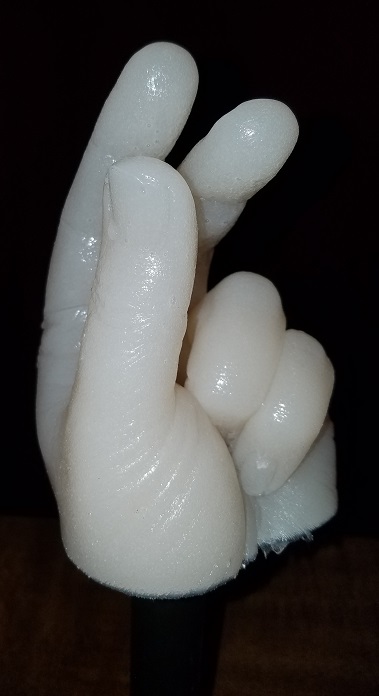Hand or foot is placed in an alginate which drys to form a detailed mold.
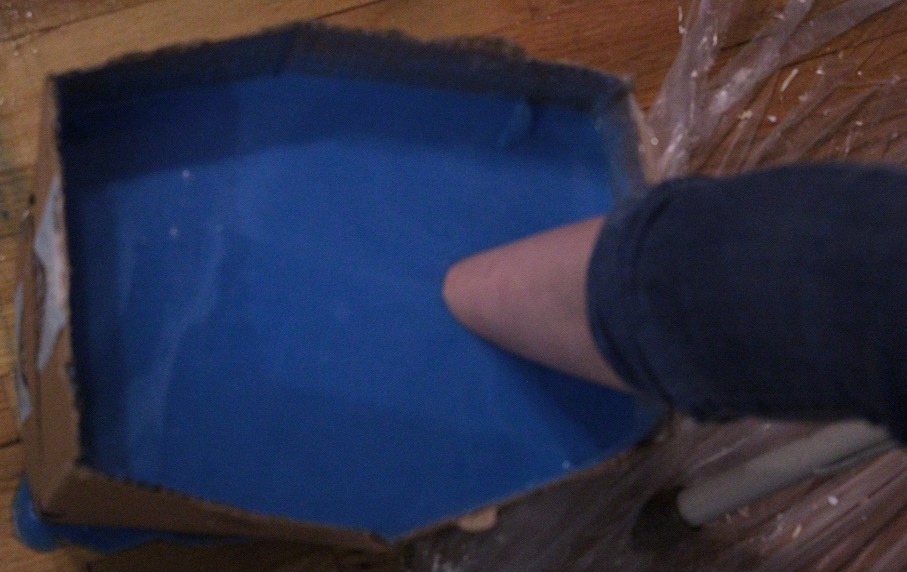
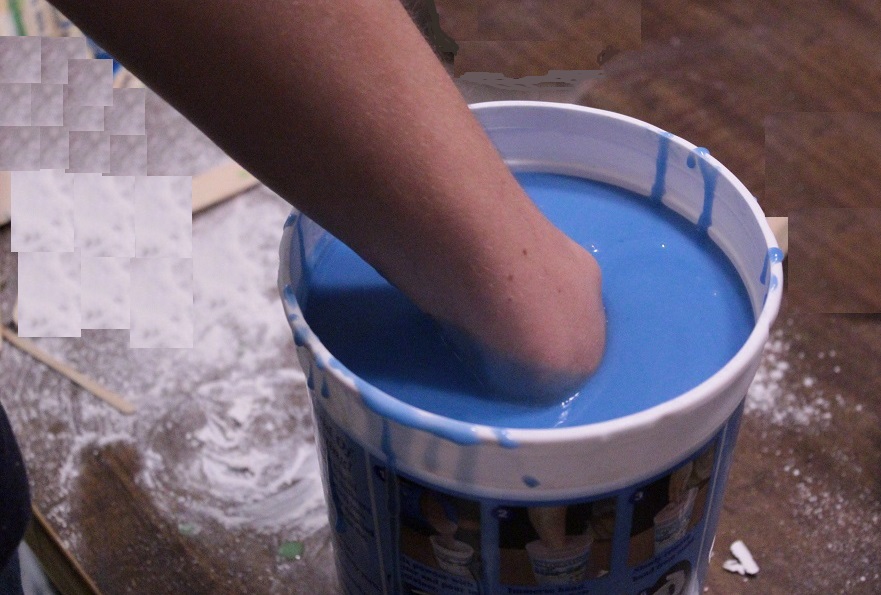
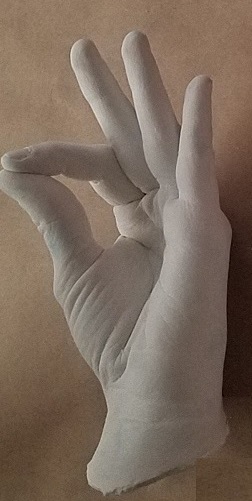
plaster cast
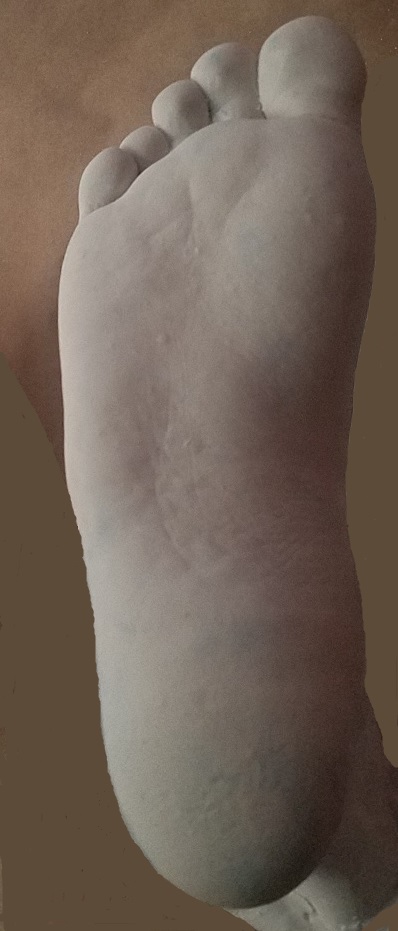
plaster cast
Front-only, single use mold: an alginate is brushed or rubbed on.
Once set, plaster bandages are put over top to give the mold stability.
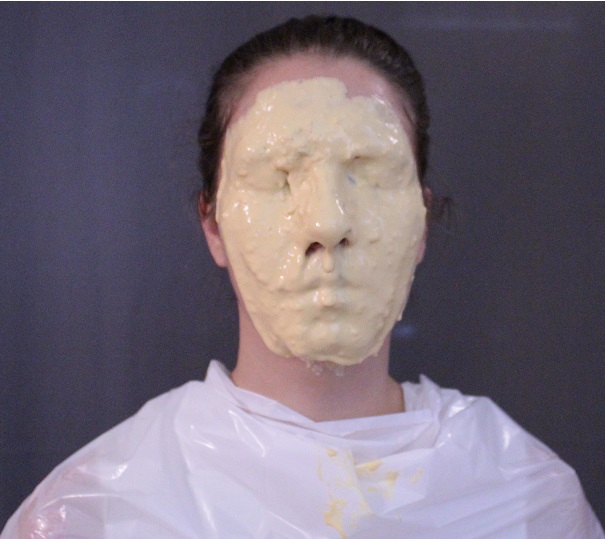
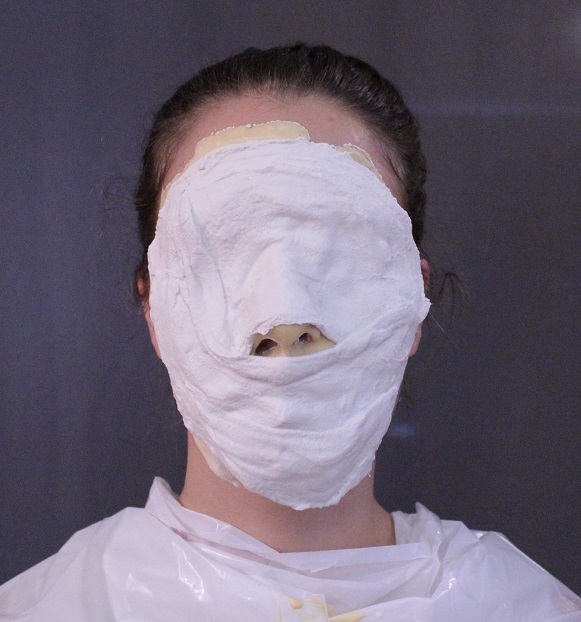
For a wrap-around or multi-use mold, skin-safe silicone non-toxic, made specifically for life casting, is placed on the model.
To increase thickness, additional layers are added.
Plaster bandages are place on top for structural support.
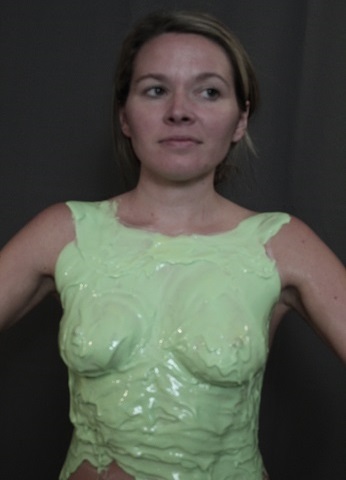
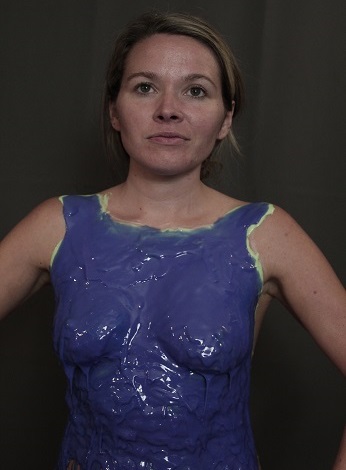
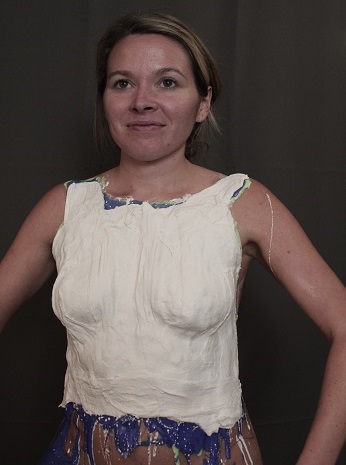
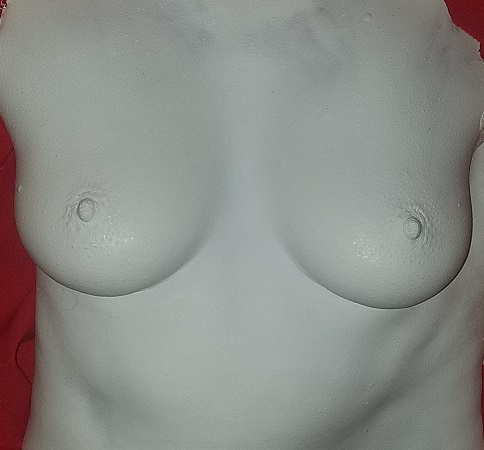
plastic cast
Head Life Cast Process
Vulva Life Cast Process
shaved model
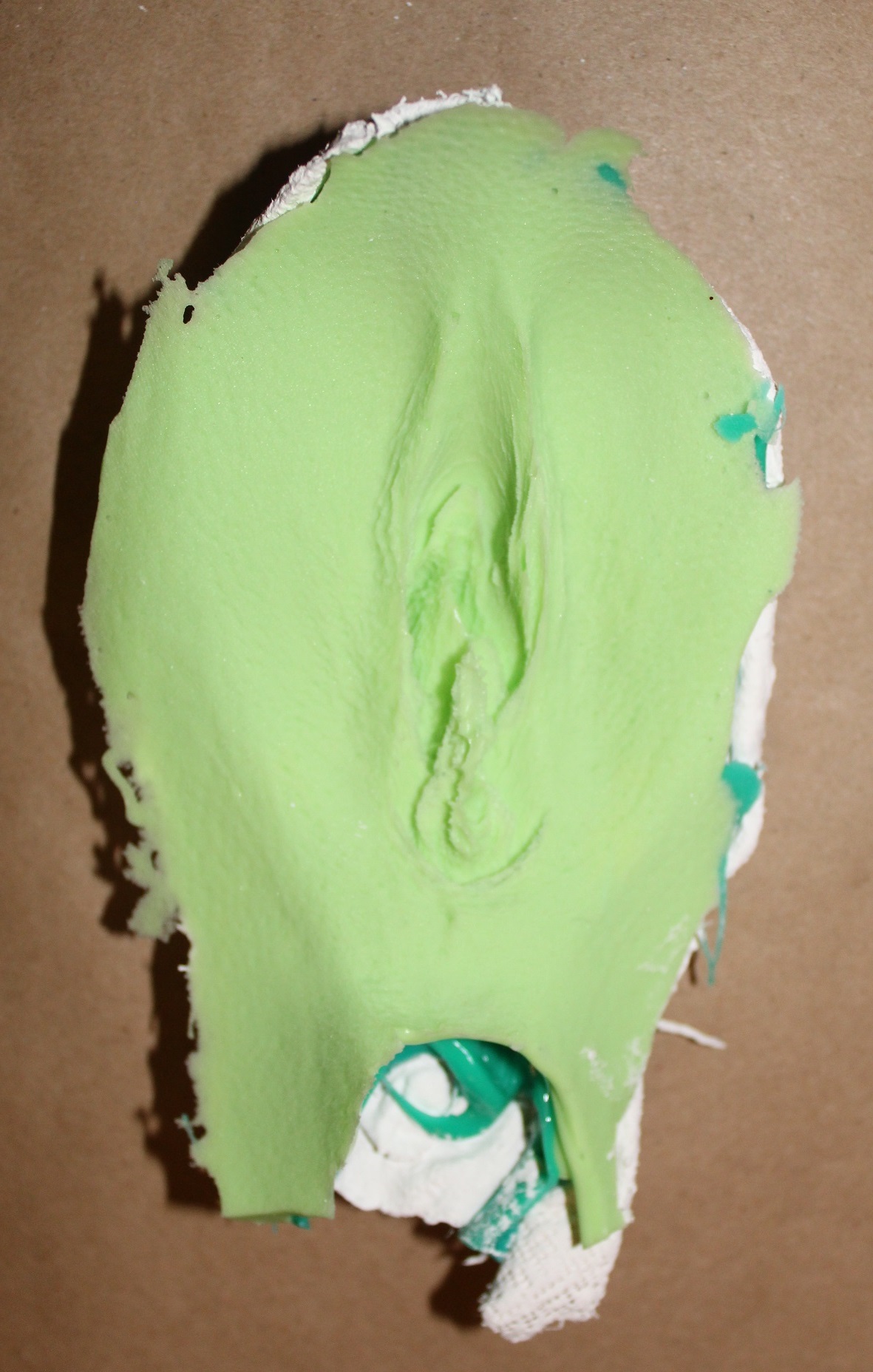
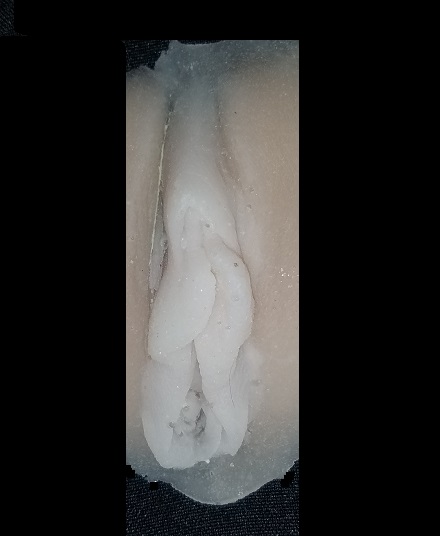
Mold & Silicone Casting
